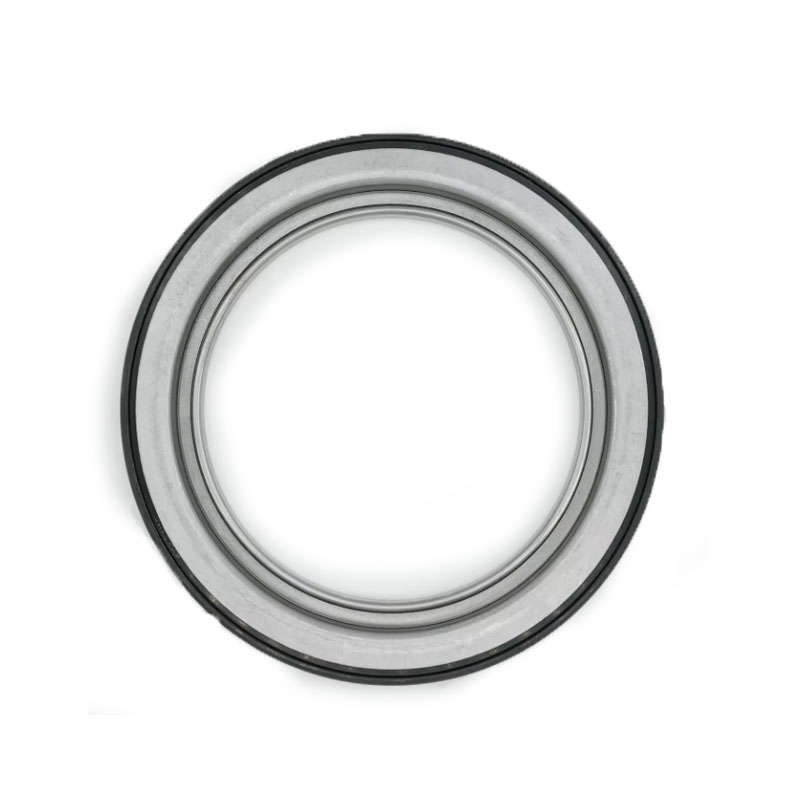Understanding Transaxle Seal Features and Functions for Optimal Vehicle Performance
Understanding Transaxle Seals Importance and Maintenance
The transaxle is a crucial component in many modern vehicles, combining the functions of both the transmission and the axle. This integrated system enhances performance and efficiency, particularly in front-wheel-drive vehicles. However, like any mechanical part, transaxles are subject to wear and tear, and one of the most common issues that can arise is the failure of transaxle seals. Understanding transaxle seals, their importance, and maintenance can help vehicle owners avoid costly repairs and ensure smooth operation.
What Are Transaxle Seals?
Transaxle seals are specially designed gaskets or coverings that prevent transmission fluid and differential fluid from leaking out of the transaxle assembly. They are found at various points, such as where the driveshaft exits the transaxle, or at the input and output shafts. The integrity of these seals is vital for maintaining proper fluid levels and ensuring that the components within the transaxle are lubricated effectively.
Importance of Transaxle Seals
1. Fluid Retention Transaxle seals play a significant role in maintaining the appropriate fluid levels within the transaxle. Transmission fluid is essential for lubrication, cooling, and the proper functioning of the transmission's hydraulic system. If seals fail, the fluid can leak out, leading to inadequate lubrication, overheating, and eventually, component failure.
2. Preventing Contamination Seals also act as barriers against dirt, dust, and other contaminants that can enter the transaxle. Contamination can deteriorate fluid quality and damage internal components, leading to increased wear and potential failure.
3. Performance Efficiency A properly sealed transaxle ensures that the vehicle operates efficiently. Fluid leaks can result in decreased performance and responsiveness, as the transmission may struggle to shift gears or handle load effectively.
Signs of Seal Failure
Recognizing the signs of transaxle seal failure early on can save vehicle owners from more extensive damage. Common symptoms include
- Fluid Leaks Puddles or stains of transmission fluid beneath the vehicle are a clear indication of seal failure. The fluid is typically reddish in color and has a distinct smell. - Low Fluid Levels Regularly checking the transmission fluid level is essential. If it consistently appears low without visible leaks, it might be due to seals allowing fluid to escape internally.
transaxle seal

- Shifting Issues Difficulty in shifting gears or a noticeable delay can signal that the transmission is not receiving adequate hydraulic pressure due to fluid loss.
- Overheating An overheating transmission can be a sign that lubricant levels are insufficient, often caused by leaking seals.
Maintenance of Transaxle Seals
Maintaining transaxle seals involves a combination of regular inspections, fluid changes, and being attentive to vehicle performance. Here are some tips for keeping seals in good condition
1. Regular Inspections Periodically check for signs of fluid leaks and inspect the condition of the seals during routine maintenance or oil changes.
2. Fluid Changes Regularly changing the transmission fluid will help ensure that the seals remain healthy. Old fluid can become abrasive and damage seals over time.
3. Proper Service Ensure that any transmission service, such as fluid changes or repairs, is performed by qualified professionals. Incorrect service techniques can lead to seal damage.
4. Addressing Issues Promptly If you notice any signs of seal failure, it’s crucial to address them immediately. Ignoring the problem can lead to more severe damage and expensive repairs.
Conclusion
Transaxle seals are essential for the smooth operation and longevity of a vehicle’s transmission system. By understanding their importance, recognizing the signs of failure, and implementing regular maintenance practices, vehicle owners can significantly reduce the risk of costly repairs and ensure their vehicle performs optimally. Remember, a proactive approach to vehicle maintenance always pays off in the long run, allowing you to enjoy a reliable and efficient driving experience.
-
Simplifying Oil Changes: A Comprehensive Guide to Oil Drain Plugs and Their Variants
News Aug.04,2025
-
Mastering Oil Drain Maintenance: Solutions for Stripped, Worn, and Upgraded Oil Plugs
News Aug.04,2025
-
Fixing Oil Pan Plug Issues: Leaks, Stripped Nuts, and the Right Replacement Solutions
News Aug.04,2025
-
Everything You Need to Know About Oil Drain Plugs: Sizes, Fixes, and Upgrades
News Aug.04,2025
-
Choosing the Right Oil Drain Plug: A Guide to Sizes, Materials, and Drain Innovations
News Aug.04,2025
-
A Complete Guide to Automotive Drain Plugs: Types, Problems, and Innovative Solutions
News Aug.04,2025
-
The Ultimate Guide to Car Repair Kits: Tools and Essentials Every Driver Should Own
News Aug.01,2025
Products categories















